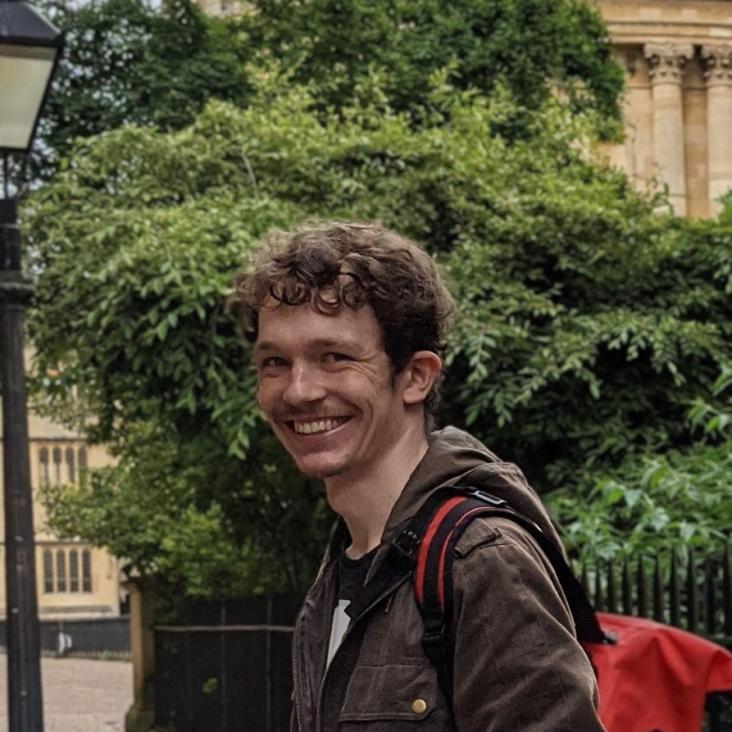Optimisation of Scalable Ion-Cavity Interfaces for Quantum Photonic Networks
ArXiv 2112.05795 (2021)
Robust storage qubits in ultracold polar molecules
Nature Physics Springer Nature 17:10 (2021) 1149-1153
Abstract:
Quantum states with long-lived coherence are essential for quantum computation, simulation and metrology. The nuclear spin states of ultracold molecules prepared in the singlet rovibrational ground state are an excellent candidate for encoding and storing quantum information. However, it is important to understand all sources of decoherence for these qubits, and then eliminate them, to reach the longest possible coherence times. Here we fully characterize the dominant mechanisms of decoherence for a storage qubit in an optically trapped ultracold gas of RbCs molecules using high-resolution Ramsey spectroscopy. Guided by a detailed understanding of the hyperfine structure of the molecule, we tune the magnetic field to where a pair of hyperfine states have the same magnetic moment. These states form a qubit, which is insensitive to variations in magnetic field. Our experiments reveal a subtle differential tensor light shift between the states, caused by weak mixing of rotational states. We demonstrate how this light shift can be eliminated by setting the angle between the linearly polarized trap light and the applied magnetic field to a magic angle of arccos(1/3–√)≈55∘. This leads to a coherence time exceeding 5.6 s at the 95% confidence level.Coherent manipulation of the internal state of ultracold 87 Rb 133 Cs molecules with multiple microwave fields
Physical Chemistry Chemical Physics Royal Society of Chemistry (RSC) 22:47 (2020) 27529-27538
Controlling the ac Stark effect of RbCs with dc electric and magnetic fields
Physical Review A American Physical Society (APS) 102:5 (2020) 053316
Loss of Ultracold Rb87Cs133 Molecules via Optical Excitation of Long-Lived Two-Body Collision Complexes
Physical Review Letters American Physical Society (APS) 124:16 (2020) 163402


